Projects
IceNode
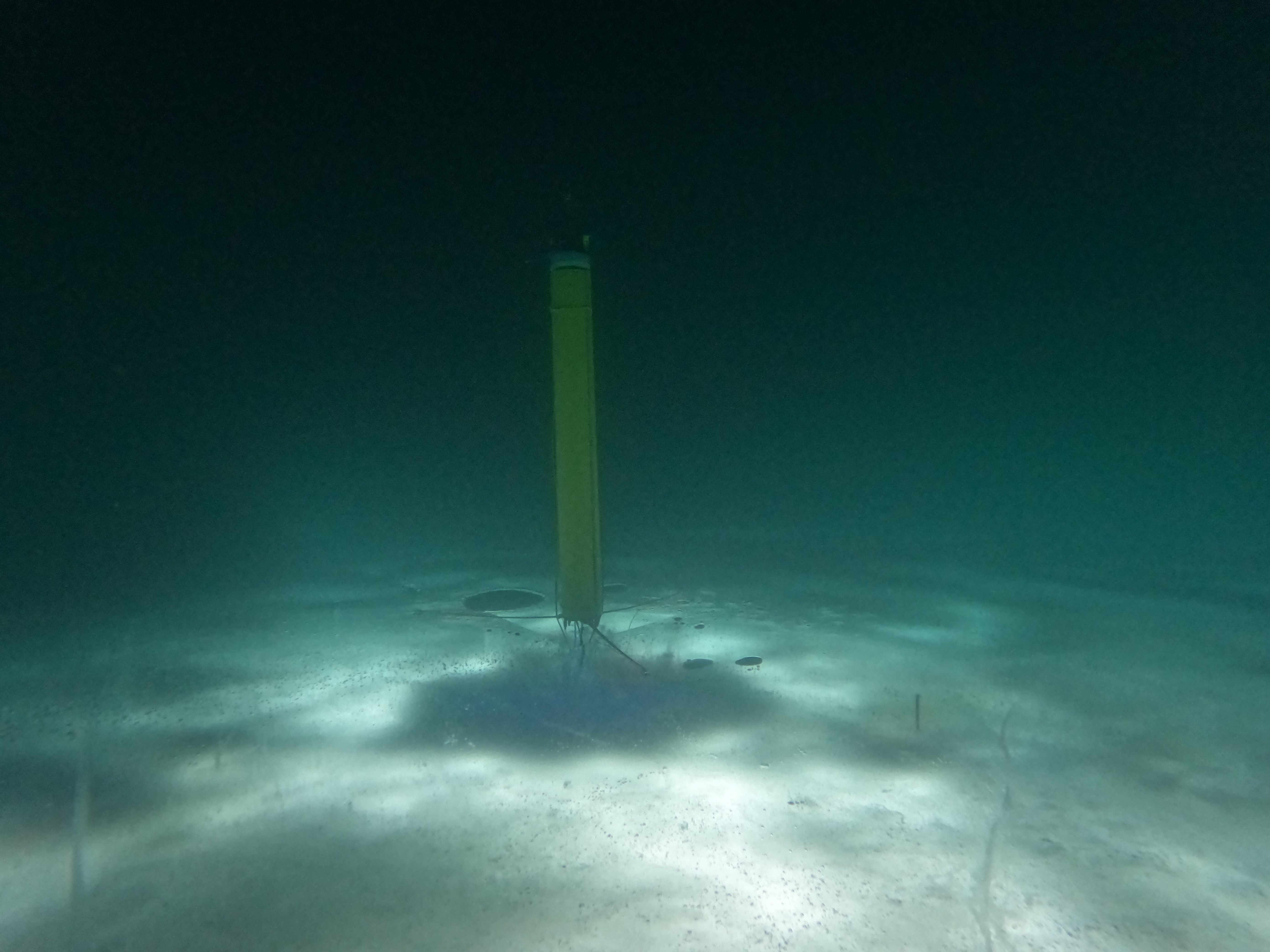
An IceNode landed under ice during field testing
Background
By the end of the century, the collapse of Antarctic ice shelves could trigger a meter or more of sea level rise, with profound effects for hundreds of millions of people worldwide. Antarctic ice shelves hold back more than 50 meters of sea-level rise equivalent in total. However, a lack of detailed understanding about how ice shelves will behave in a warming climate remains a primary obstacle to accurate sea level rise projections. The cavities below Antarctic ice shelves are notoriously difficult to access and operate in, and model-based hypotheses about the relationship between ocean warming and greater ice shelf melting are difficult to verify because of a lack of in-situ data to constrain model parameters and examine key assumptions.

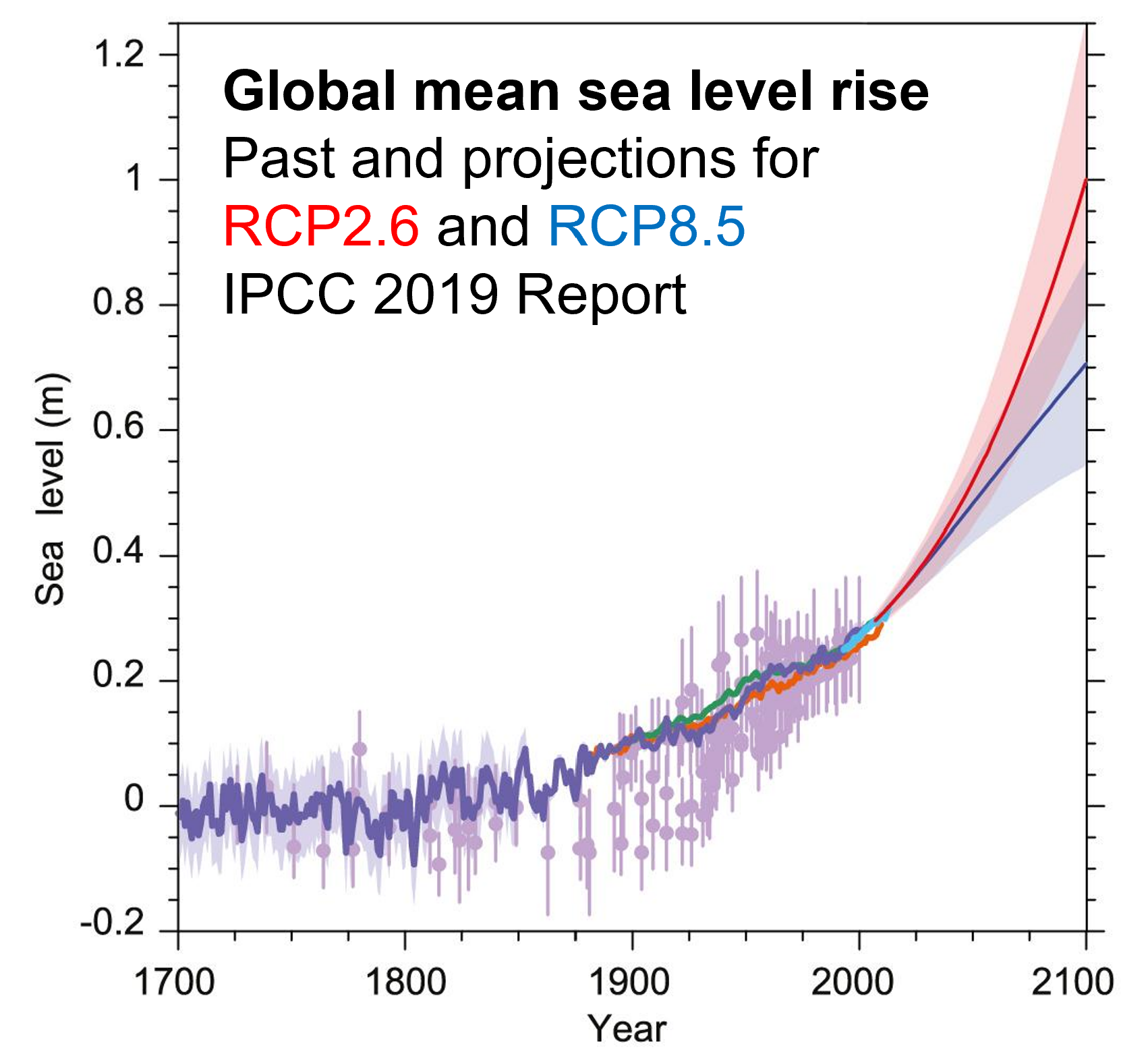
Problem
What is needed is a scalable method for acquiring long-duration, concurrent, distributed in-situ melt rate measurements at the basal ice-ocean interface of Antarctic ice shelves. IceNode is novel underwater vehicle under development at the NASA Jet Propulsion Laboratory designed to acquire such measurements.
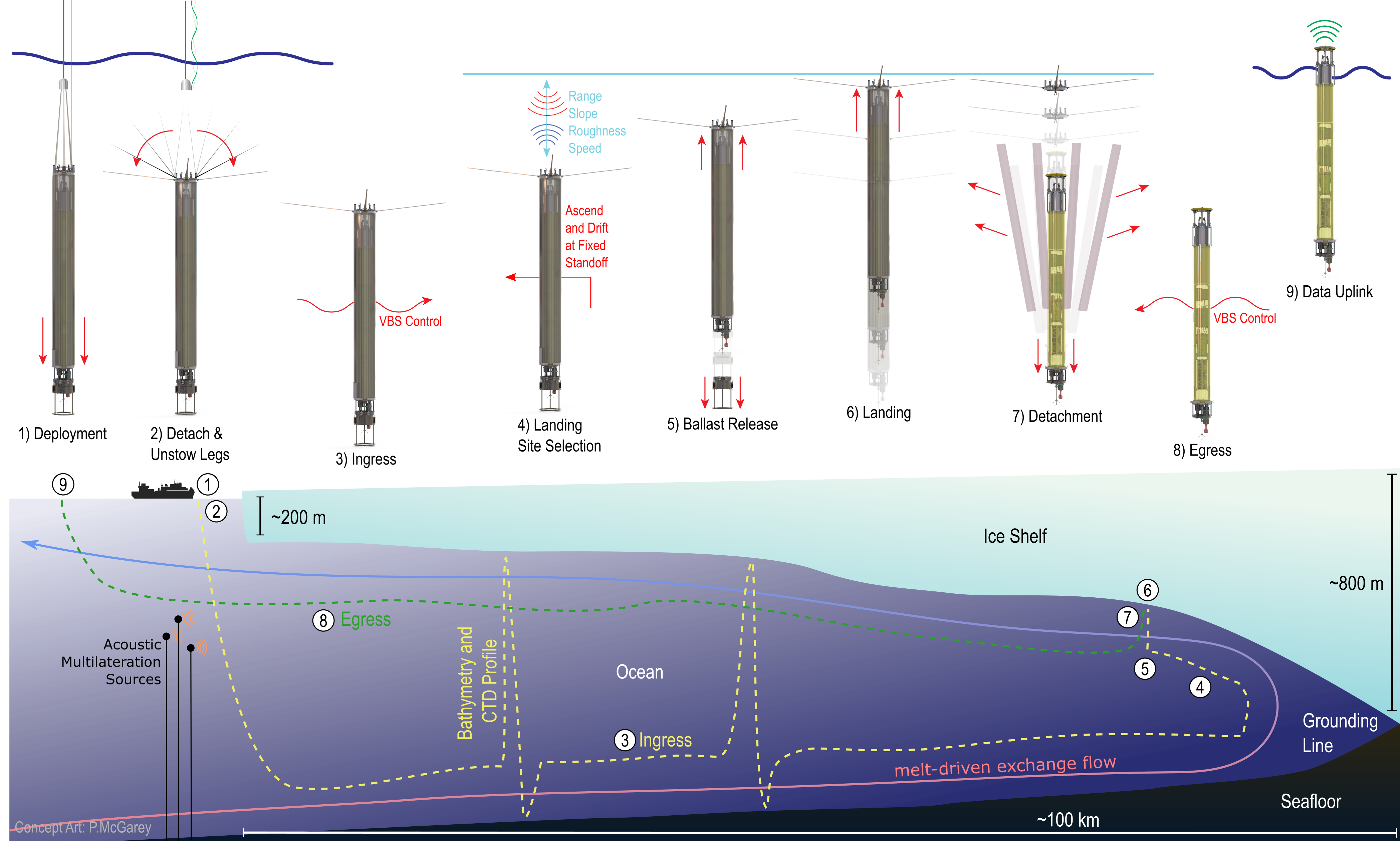
IceNodes are deployed as a swarm from a ship at the shelf edge (or a single borehole), and use variable buoyancy to ride melt-driven exchange currents to high science value landing areas far inside the cavity. IceNodes use advanced probabilistic AI guidance techniques and state of the art ocean current models to control their depth to exploit varying current layers such that they are swept below their targets. Once underneath their target, IceNodes release a ballast weight to gain high positive buoyancy and attach to the underside of the ice shelf, where they acquire in-situ measurements of basal melt rate directly at the ice-ocean interface for a year or more. Finally, IceNodes detach from their landing structure and use variable buoyancy to ride melt-driven exchange currents back to open water, where they surface and transmit their mission data home via Iridium link.
Impact
IceNodes are designed to be relatively low-cost, expendable, and have simple logistics, enabling scientists to deploy scalable arrays that acquire simultaneous, distributed measurements of co-varying ice shelf melt and ocean conditions over large spatial areas, thereby providing an unprecedented view of ice shelf melt rate variability and its drivers.
The dataset enabled by IceNode hopes to generate the following impacts:
- Greatly improve understanding of ice shelf melt dynamics
- Ground-truth airborne and spaceborne remote sensing data
- Constrain numerical model parameters for predicting future ice shelf melt, collapse, and sea-level rise
- Contribute to NASA Earth Science Decadal Survey question "How much will sea level rise, globally and regionally, over the next decade and beyond, and what will be the role of ice sheets and ocean heat storage?"
- Advance JPL Quest 1: "Understand how Earth works as a system and how it is changing"
- Advance JPL Quest 7: "Use our unique expertise to benefit the nation and planet Earth"
Preliminary model-based studies show that even a relatively small array of IceNodes could provide extremely high science value return compared to current remote sensing limitations.
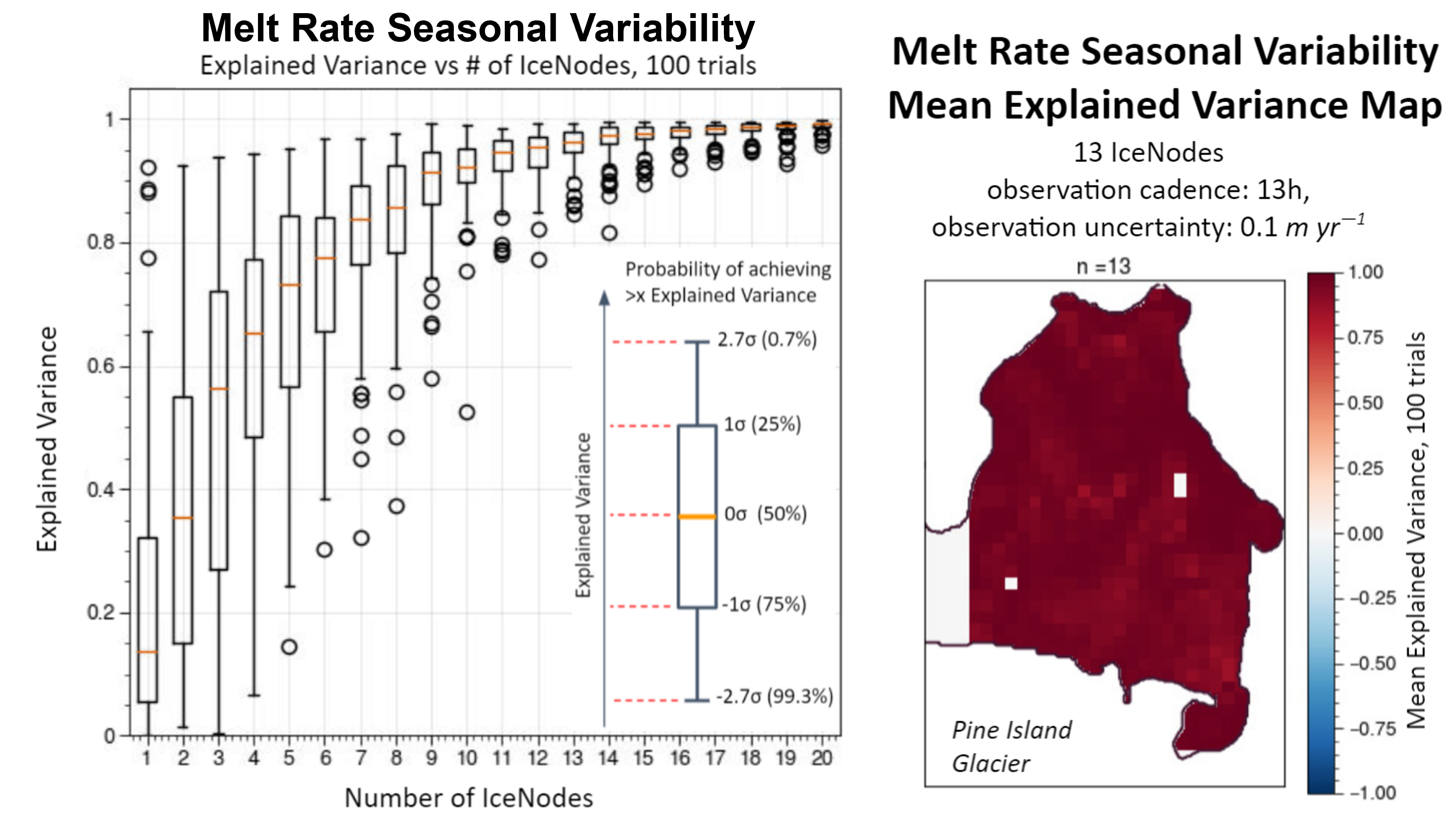
Status
An IceNode research prototype has been developed at JPL and is currently undergoing field testing and performance characterization.
Going forward, the IceNode project seeks funding to develop a full fleet of IceNodes and conduct an Antarctic field campaign to elucidate the melt dynamics of Antarctic ice shelves and their effects on future sea-level rise.

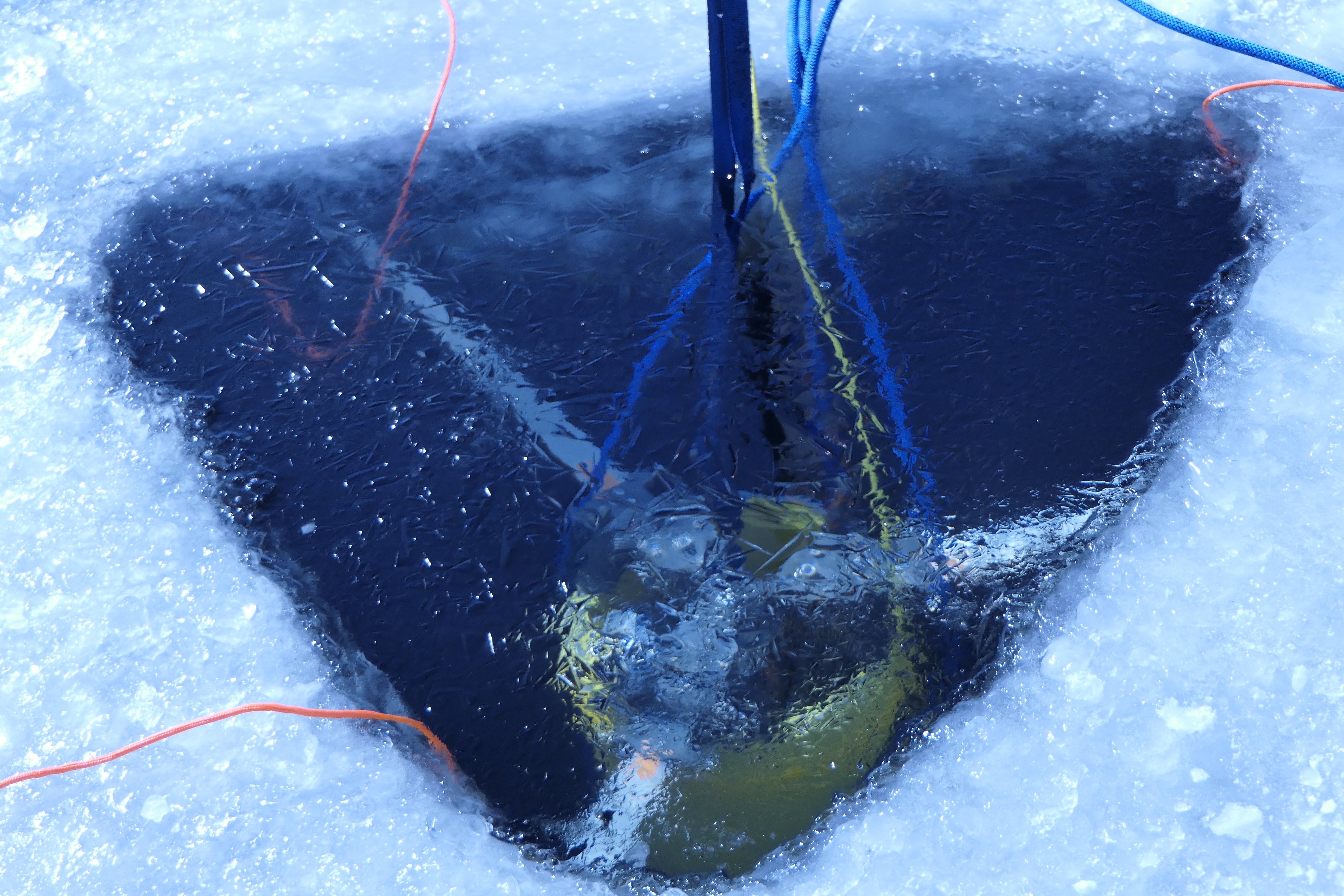
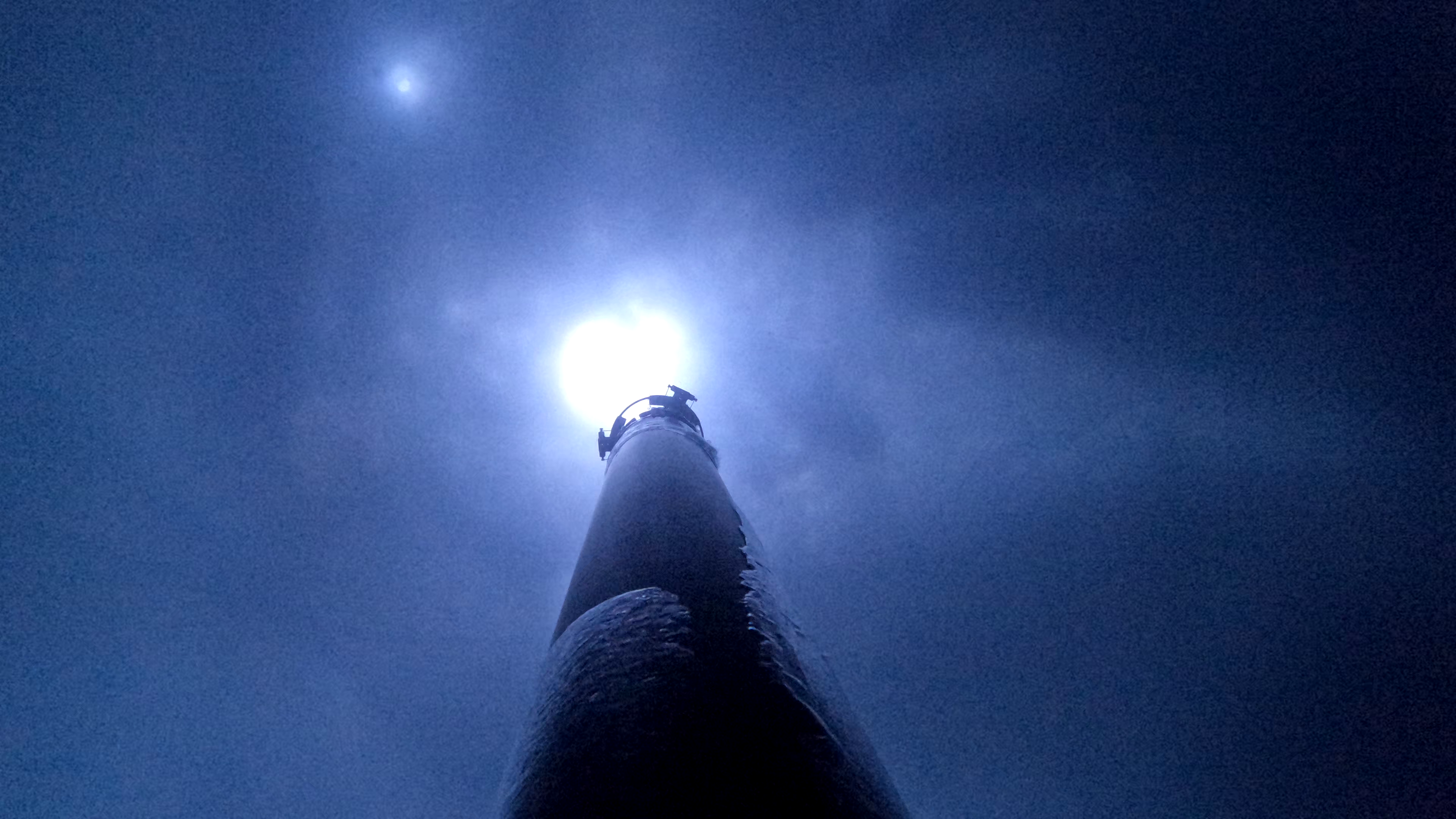
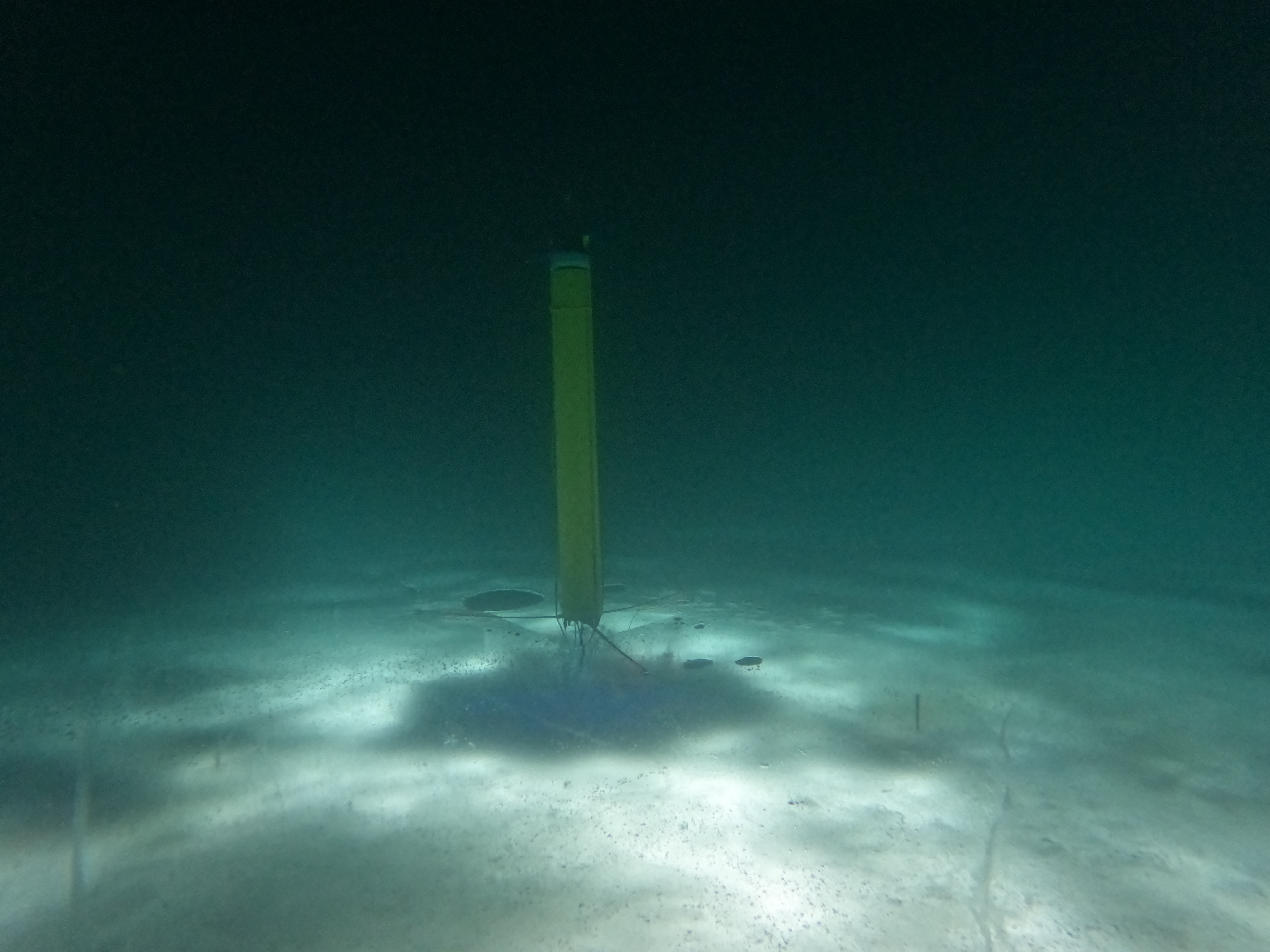

Publications
Team
IceNode JPL Core Team (active): Paul Glick (Project Lead) (347C), Patrick Phelps (357A), Ian Fenty (329C), Eric Rignot (3340), Federico Rossi (347N), Jacob Kosberg (3227), Justin Schachter (347A), Michael Schodlok (329C), Xavier Zapien (347A)Moss Landing Marine Labs (Primary Instrument Package): Tim Stanton (Co-I)
MRV Systems Team (VBS subsystem design + underwater engineering expertise): Theresa Friske, Fritz Stahr, Ian Culhane, Christian Sarason, Ronnie Nigash, David Faust, Charlie Parker
Past Members:
JPL: Evan Clark (former Project Lead) (397K), Tyler Okamoto (347C), Christine Gebara (355L), Gauri Madhok (397K intern), Ara Kourchians (347A), Patrick McGarey (347F), Flora Mechentel (355L), Brendan Santos (397K intern), Dane Schoelen (347C), Ben Wolsieffer (397K intern), Kelly Nguyen (397K intern), Andrew Branch (397K), David Thorne (397K intern)
CSULA JUCI Senior Capstone Project Team: Arthur Balyan, Mitch Chau, Sean Heineman, Richard Lam, Miray Ouzounian, Ann Nye (advisor)
